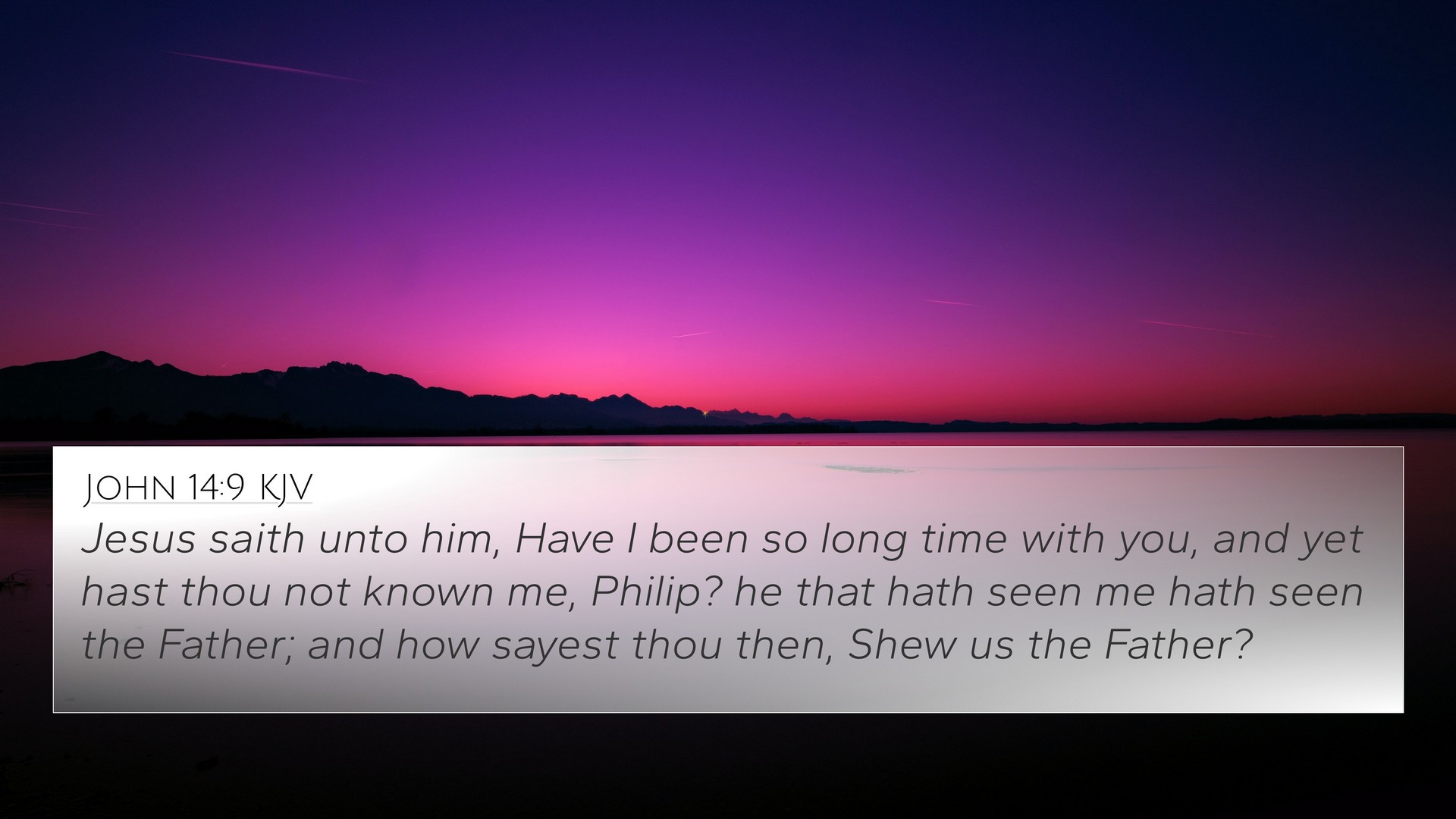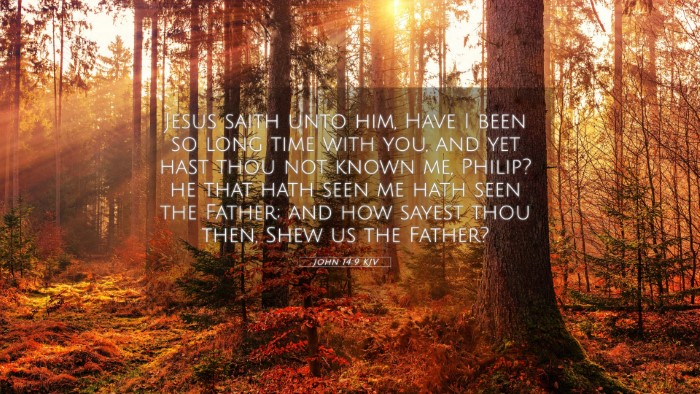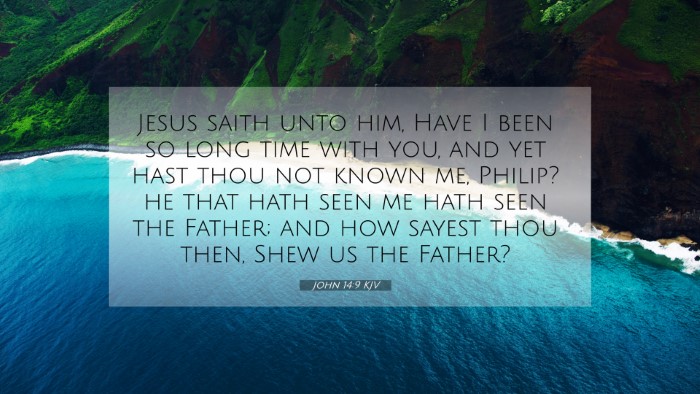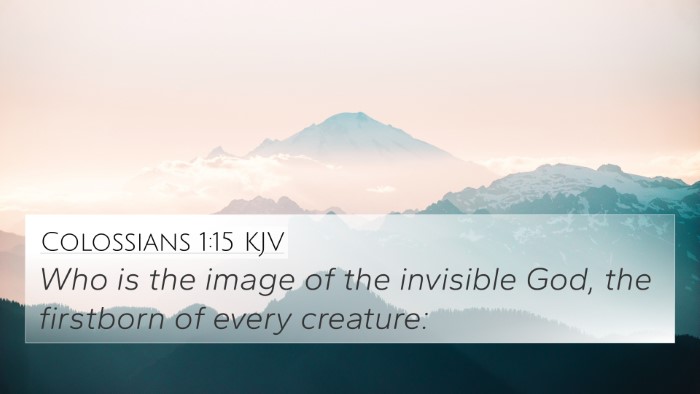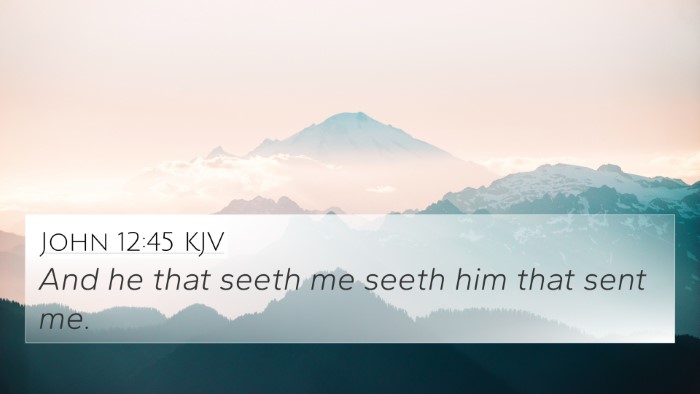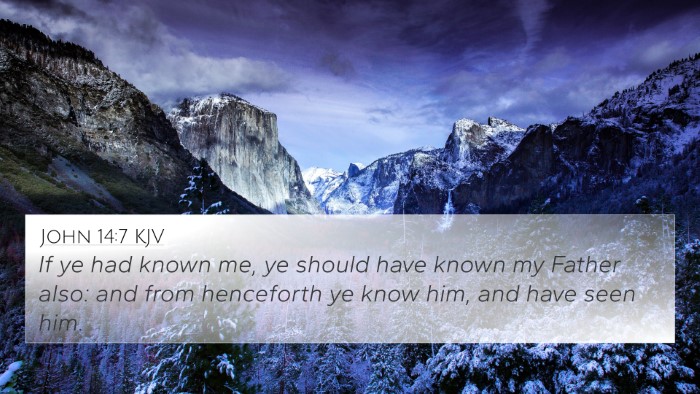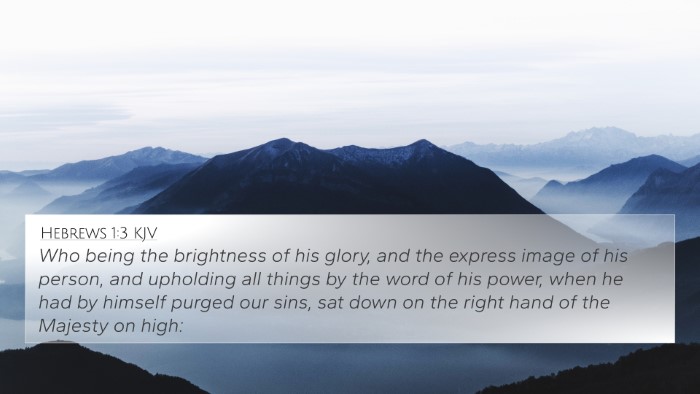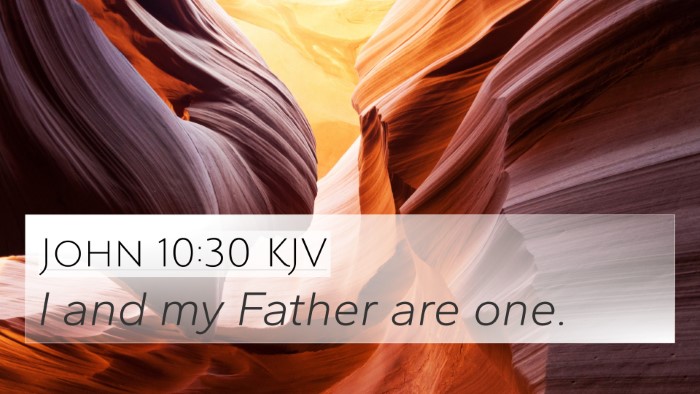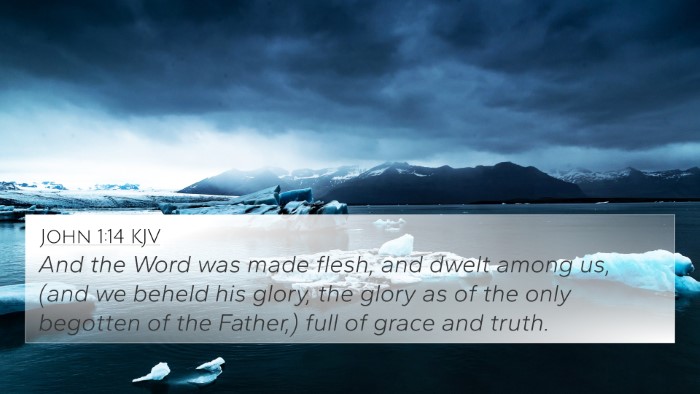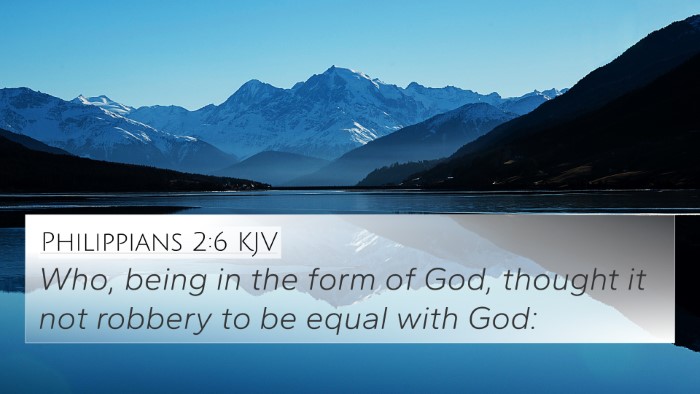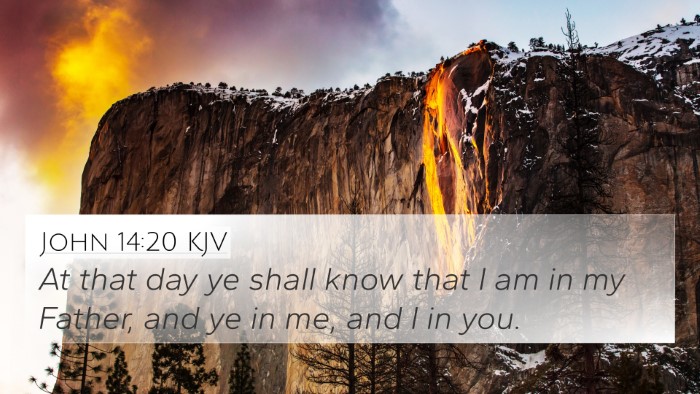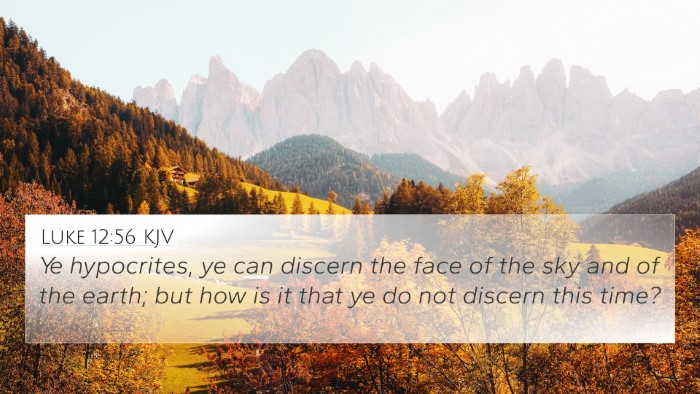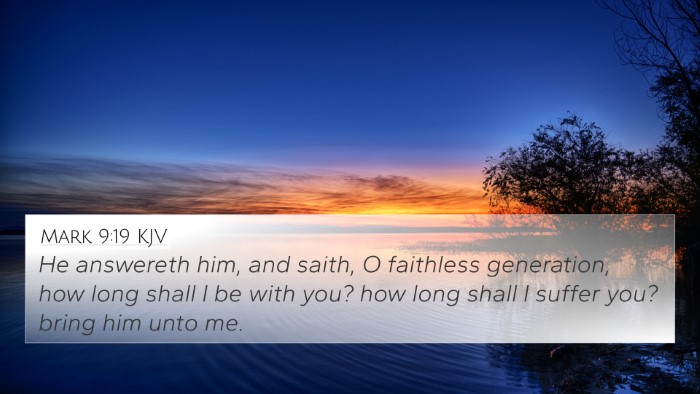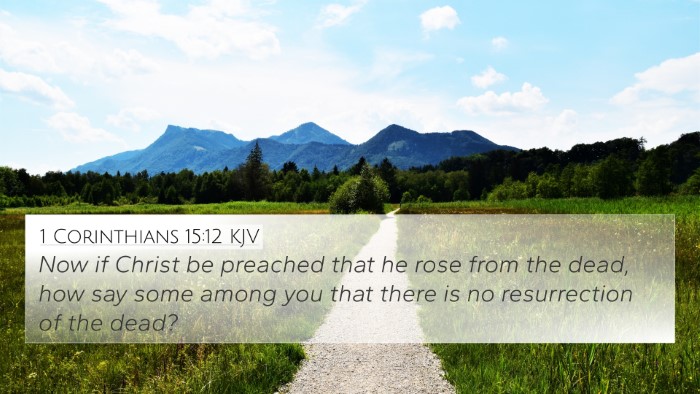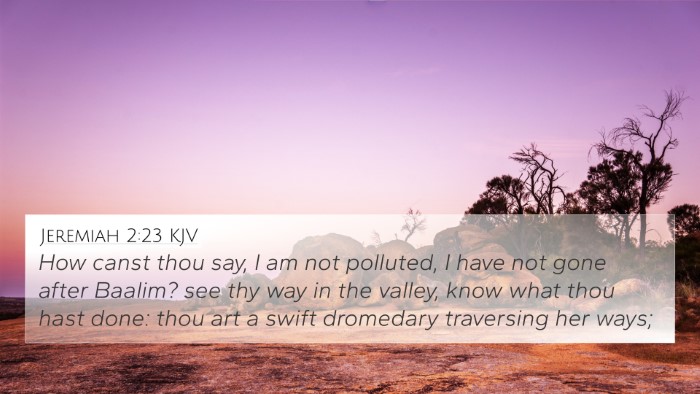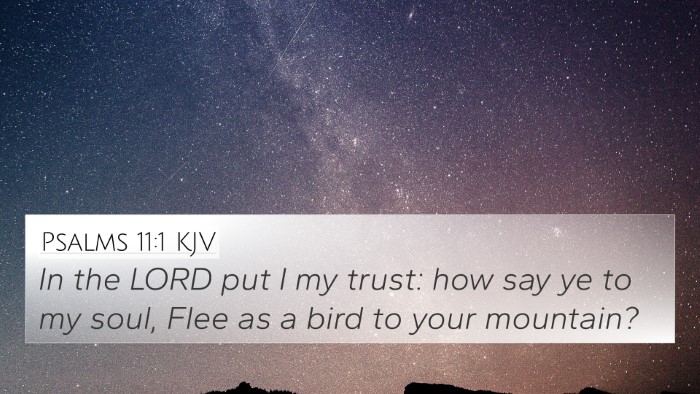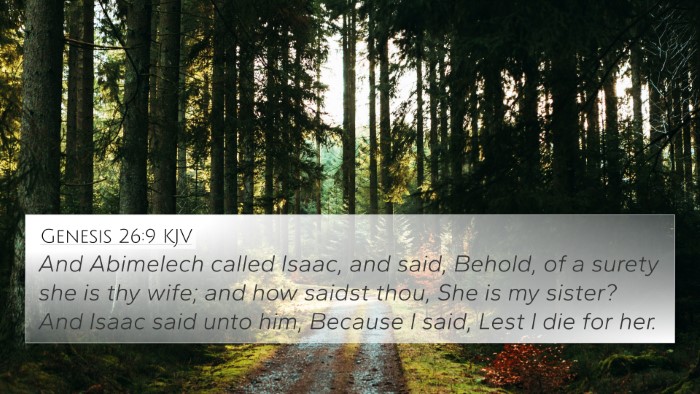Understanding John 14:9
John 14:9 states: "Jesus said to him, 'Have I been with you so long, and you still do not know me, Philip? Whoever has seen me has seen the Father. How can you say, 'Show us the Father'?" This verse highlights a profound truth regarding the nature of Jesus Christ and His relationship with God the Father.
Verse Meaning and Interpretations
In this verse, Jesus addresses Philip’s question about showing the disciples the Father. Through a combination of insights from public domain commentaries, we can derive a richer understanding of this moment:
- Matthew Henry's Commentary: Emphasizes that Jesus has manifested God to mankind. By observing Jesus, one gains an understanding of God’s character and nature. Henry explains that Jesus' life and actions are a direct reflection of the Father's essence.
- Albert Barnes' Notes: Points out that Philip's request indicates a misunderstanding of who Jesus is and the nature of His divinity. Barnes clarifies that Jesus and the Father are one in essence; thus, to know Jesus is to know the Father. He advocates for recognizing Jesus as the visible image of God.
- Adam Clarke's Commentary: Highlights that the revelation of God through Christ is both personal and direct. Clarke insists that seeing Jesus is equivalent to seeing God, as Christ is the divine expression and communicates God’s love and nature to humanity.
Theological Implications
This verse brings forth significant theological conversations, particularly about the concept of the Trinity and the unity of Christ with the Father. Exploring this verse offers insights into:
- The divine immanence of Christ as God incarnate.
- The revelation of God's character through the person of Jesus.
- The importance of faith in understanding the relationship between Jesus and the Father.
Cross-References
To enrich the understanding of John 14:9, here are several pertinent cross-references:
- John 1:18: "No one has ever seen God; the only God, who is at the Father's side, he has made him known."
- Colossians 1:15: "He is the image of the invisible God, the firstborn of all creation."
- Hebrews 1:3: "He is the radiance of the glory of God and the exact imprint of his nature."
- John 10:30: "I and the Father are one."
- John 12:45: "And whoever sees me sees him who sent me."
- John 5:19: "Truly, truly, I say to you, the Son can do nothing of his own accord, but only what he sees the Father doing."
- 1 John 5:20: "And we know that the Son of God has come and has given us understanding, so that we may know him who is true."
Connections Between Bible Verses
The content of John 14:9, alongside the cross-references listed, exemplifies the connections between Bible verses, revealing a coherent theme about the nature of God as revealed in Christ. Such verses like John 1:18 and Colossians 1:15 anchor the assertion that knowing Jesus is essential to understanding the heavenly Father.
Comparative Analysis
When conducting a comparative Bible verse analysis, it’s crucial to explore how this verse dialogues with Old and New Testament scriptures. The unity of Jesus' mission and His identity as God incarnate is consistent throughout the Gospels:
- The Old Testament prophecies about the coming Messiah affirm the divinity of Christ.
- The Gospels recount instances where Jesus explicitly claims oneness with the Father, reinforcing the doctrinal foundations for understanding both His humanity and divinity.
Conclusion
In conclusion, John 14:9 serves as a pivotal text for understanding the nature of Christ and His unity with God the Father. It underscores the importance of recognizing Jesus’ identity both in the context of His earthly ministry and within the framework of Christian theology. For those engaged in Bible study, utilizing tools for Bible cross-referencing will deepen your exploration and facilitate a more comprehensive understanding of this and related scripture:
- Bible Concordance: To locate parallel passages.
- Bible Cross-reference Guide: To help trace thematic connections.
- Bible Reference Resources: To enable deeper study and insight.
This exploration not only enhances personal study but can also serve as foundational material for sermon preparation or devotional reflection. The inter-Biblical dialogue initiated by such verses opens avenues for further theological inquiry and spiritual growth.
